
OWASP ASVS 2013 Beta _v1
.0.pdf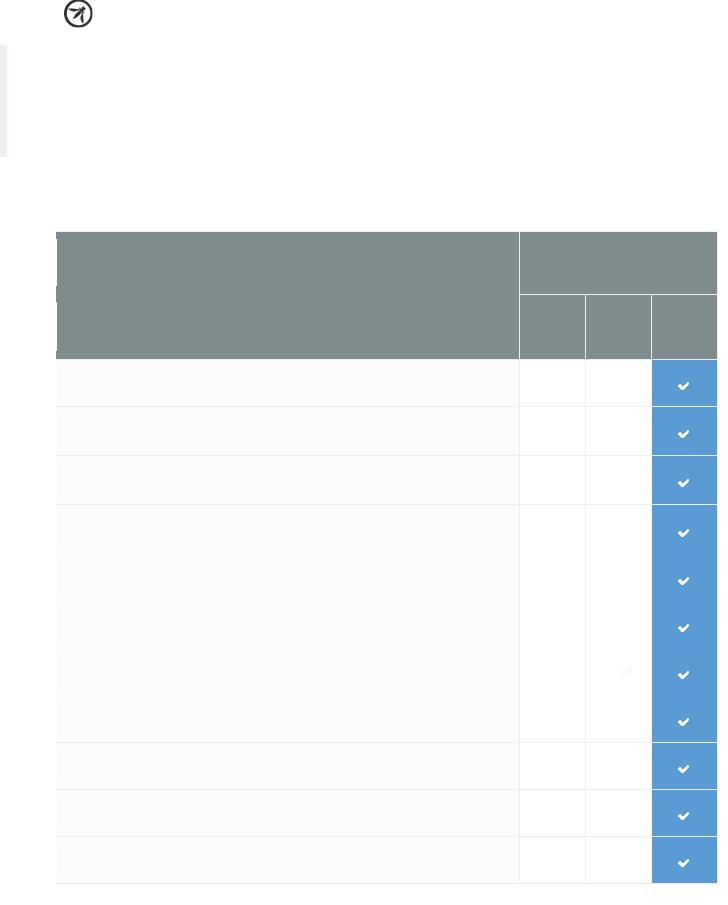
ASVS 2013 |
Web Application Standard |
V10: Malicious Controls
Verification Requirements
The table below defines the corresponding verification requirements that apply for each of the verification levels. Verification requirements for Level 0 are not defined by this standard.
V10.1
V10.2
V10.3
V10.4
V10.5
V10.6
V10.7
V10.8
V10.9
V10.10
V10.11
LEVELS
MALICIOUS CONTROLS
VERIFICATION REQUREMENT
1 |
2 |
3 |
Verify that no malicious code is in any code that was either developed or modified in order to create the application.
Verify that the integrity of interpreted code, libraries, executables, and configuration files is verified using checksums or hashes.
Verify that all code implementing or using authentication controls is not affected by any malicious code.
Verify that all code implementing or using session management controls is not affected by any malicious code.
Verify that all code implementing or using access controls is not affected by any malicious code.
Verify that all input validation controls are not affected by any malicious code.
Verify that all code implementing or using output validation controls is not affected by any malicious code.
Verify that all code supporting or using a cryptographic module is not affected by any malicious code.
Verify that all code implementing or using error handling and logging controls is not affected by any malicious code.
Verify all malicious activity is adequately sandboxed.
Verify that sensitive data is rapidly sanitized from memory as soon as it is no longer needed
Table 10 - OWASP ASVS Malicious Controls Requirements (V10)
27
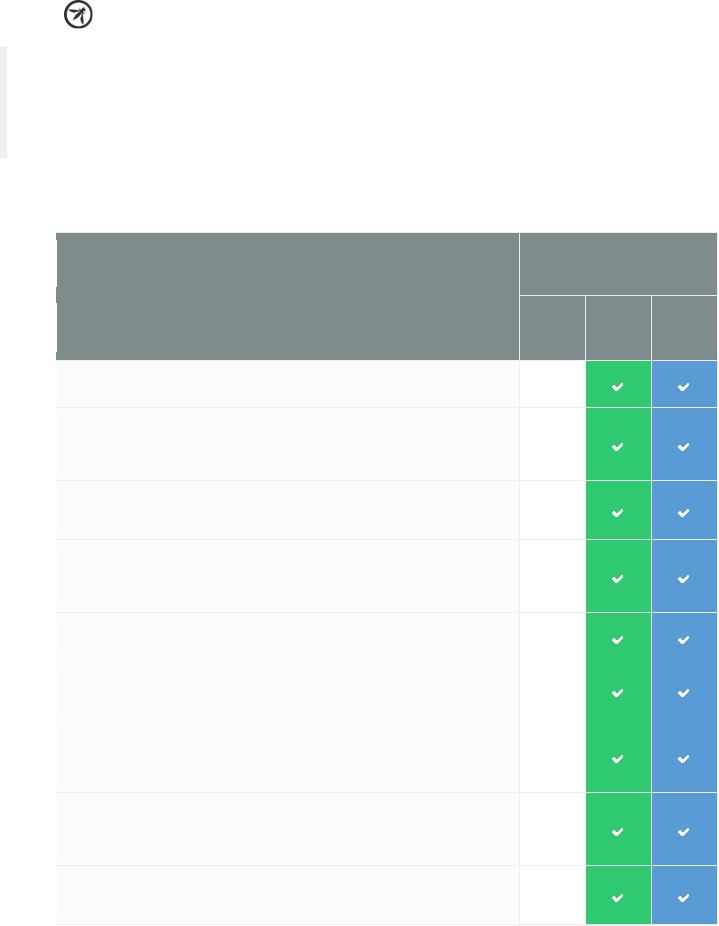
ASVS 2013 |
Web Application Standard |
V11: Business Logic
Verification Requirements
The table below defines the corresponding verification requirements that apply for each of the verification levels. Verification requirements for Level 0 are not defined by this standard.
LEVELS
BUSINESS LOGIC
VERIFICATION REQUREMENT
1 |
2 |
3 |
Verify the application processes or verifies all high value business logic flows
V11.1
in a trusted environment, such as on a protected and monitored server.
Verify the application does not allow spoofed high value transactions, such
as allowing Attacker User A to process a transaction as Victim User B by
V11.2
tampering with or replaying session, transaction state, transaction or user IDs.
Verify the application does not allow high value business logic parameters to
V11.3  be tampered with, such as (but not limited to): price, interest, discounts, PII, balances, stock IDs, etc.
be tampered with, such as (but not limited to): price, interest, discounts, PII, balances, stock IDs, etc.
Verify the application has defensive measures to protect against repudiation
attacks, such as verifiable and protected transaction logs, audit trails or
V11.4
system logs, and in highest value systems real time monitoring of user activities and transactions for anomalies.
Verify the application protects against information disclosure attacks, such as
V11.5
direct object reference, tampering, session brute force or other attacks.
Verify the application has sufficient detection and governor controls to
V11.6  protect against brute force (such as continuously using a particular function) or denial of service attacks.
protect against brute force (such as continuously using a particular function) or denial of service attacks.
Verify the application has sufficient access controls to prevent elevation of
privilege attacks, such as allowing anonymous users from accessing secured
V11.7
data or secured functions, or allowing users to access each other’s details or using privileged functions.
Verify the application will only process business logic flows in sequential step
order, with all steps being processed in realistic human time, and not process
V11.8
out of order, skipped steps, process steps from another user, or too quickly submitted transactions.
Verify the application has additional authorization (such as step up or
V11.9  adaptive authentication) for lower value systems, and / or segregation of duties for high value applications to enforce anti-fraud controls as per the
adaptive authentication) for lower value systems, and / or segregation of duties for high value applications to enforce anti-fraud controls as per the
28
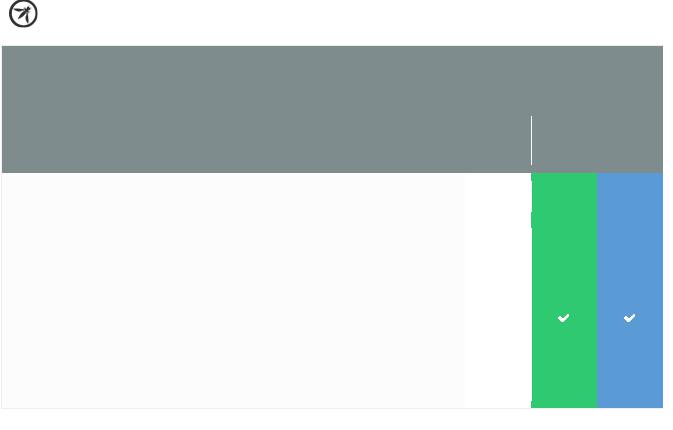
ASVS 2013 |
Web Application Standard |
LEVELS
BUSINESS LOGIC
VERIFICATION REQUREMENT
1 |
2 |
3 |
risk of application and past fraud.
Verify the application has business limits and enforces them in a trusted location (as on a protected server) on a per user, per day or daily basis, with configurable alerting and automated reactions to automated or unusual attack. Examples include (but not limited to): ensuring new SIM users don’t exceed $10 per day for a new phone account, a forum allowing more than
100 new users per day or preventing posts or private messages until the
V11.10
account has been verified, a health system should not allow a single doctor to access more patient records than they can reasonably treat in a day, or a small business finance system allowing more than 20 invoice payments or $1000 per day across all users. In all cases, the business limits and totals should be reasonable for the business concerned. The only unreasonable outcome is if there are no business limits, alerting or enforcement.
Table 11 - OWASP ASVS Business Logic Requirements (V11)
29

ASVS 2013 |
Web Application Standard |
V12: Files and Resources
Verification Requirements
The table below defines the corresponding verification requirements that apply for each of the verification levels. Verification requirements for Level 0 are not defined by this standard.
V12.1
V12.2
V12.3
V12.4
V12.5
V12.6
V12.7
V12.8
V12.9
V12.10
LEVELS
FILES AND RESOURCES
VERIFICATION REQUREMENT
1 |
2 |
3 |
(Formerly V11.1) Verify that URL redirects and forwards do not include unvalidated data.
Verify that filenames and path data obtained from untrusted sources is canonicalized to eliminate path traversal attacks.
Verify that files obtained from untrusted sources are scanned by anti-virus scanners to prevent upload of known malicious content.
Verify that parameters obtained from untrusted sources are not used in manipulating filenames, pathnames or any file system object without first being canonicalized and input validated to prevent local file inclusion attacks.
Verify that parameters obtained from untrusted sources are canonicalized, input validated, and output encoded to prevent remote file inclusion attacks, particularly where input could be executed, such as header, source, or template inclusion
Verify remote IFRAMEs and HTML 5 cross-domain resource sharing does not allow inclusion of arbitrary remote content.
Verify that files obtained from untrusted sources are stored outside the webroot.
Verify that web or application server is configured by default to deny access to remote resources or systems outside the web or application server.
Verify the application code does not execute uploaded data obtained from untrusted sources.
Verify if Flash, Silverlight or other rich internet application (RIA) cross domain resource sharing configuration is configured to prevent unauthenticated or unauthorized remote access.
Table 12 - OWASP ASVS Files and Resources Requirements (V12)
30

ASVS 2013 |
Web Application Standard |
V13: Mobile Verification
Requirements
The table below defines the corresponding verification requirements that apply for each of the verification levels. Verification requirements for Level 0 are not defined by this standard.
LEVELS
MOBILE
VERIFICATION REQUREMENT
1 |
2 |
3 |
V13.1 |
Verify that the client validates SSL certificates |
|
V13.2 |
Verify that unique device ID (UDID) values are not used as security controls. |
|
V13.3 |
Verify that the mobile app does not store sensitive data onto shared |
|
resources on the device (e.g. SD card or shared folders) |
||
|
||
V13.4 |
Verify that sensitive data is not stored in SQLite database on the device. |
|
V13.5 |
Verify that secret keys or passwords are not hard-coded in the executable. |
|
V13.6 |
Verify that the mobile app prevents leaking of sensitive data via auto- |
|
snapshot feature of iOS. |
||
|
||
V13.7 |
Verify that the app cannot be run on a jailbroken or rooted device. |
|
V13.8 |
Verify that the session timeout is of a reasonable value. |
|
V13.9 |
Verify the permissions being requested as well as the resources that it is |
|
authorized to access (i.e. AndroidManifest.xml, iOS Entitlements) . |
||
|
||
V13.10 |
Verify that crash logs do not contain sensitive data. |
|
V13.11 |
Verify that the application binary has been obfuscated. |
31

V13.12
V13.13
V13.14
V13.15
V13.16
V13.17
V13.18
V13.19
V13.20
V13.21
V13.22
V13.23
V13.24
V13.25
V13.26
ASVS 2013 |
Web Application Standard |
LEVELS
MOBILE
VERIFICATION REQUREMENT
1 |
2 |
3 |
Verify that all test data has been removed from the app container (.ipa, .apk,
.bar).
Verify that the application does not log sensitive data to the system log or filesystem.
Verify that the application does not enable autocomplete for sensitive text input fields, such as passwords, personal information or credit cards.
Verify that the mobile app implements certificate pinning to prevent the proxying of app traffic.
Verify no misconfigurations are present in the configuration files (Debugging flags set, world readable/writable permissions).
Verify any 3rd-party libraries in use are up to date, contain no known vulnerabilities.
Verify that web data, such as HTTPS traffic, is not cached.
Verify that the query string is not used for sensitive data. Instead, a POST request via SSL should be used with a CSRF token.
Verify that, if applicable, any personal account numbers are truncated prior to storing on the device.
Verify that the application makes use of Address Space Layout
Randomization (ASLR).
Verify that data logged via the keyboard (iOS) does not contain credentials, financial information or other sensitive data.
If an Android app, verify that the app does not create files with permissions of MODE_WORLD_READABLE or MODE_WORLD_WRITABLE
Verify that sensitive data is stored in a cryptographically secure manner (even when stored in the iOS keychain).
Verify that anti-debugging and reverse engineering mechanisms are implemented in the app.
Verify that the app does not export sensitive activities, intents, content providers etc. on Android.
32

ASVS 2013 |
Web Application Standard |
LEVELS
MOBILE
VERIFICATION REQUREMENT
1 |
2 |
3 |
Verify that mutable structures have been used for sensitive strings such as
V13.27  account numbers and are overwritten when not used. (Mitigate damage from memory analysis attacks).
account numbers and are overwritten when not used. (Mitigate damage from memory analysis attacks).
Verify that any exposed intents, content providers and broadcast receivers
V13.28
perform full data validation on input (Android).
Table 13 - OWASP ASVS Mobile Requirements (V13)
33
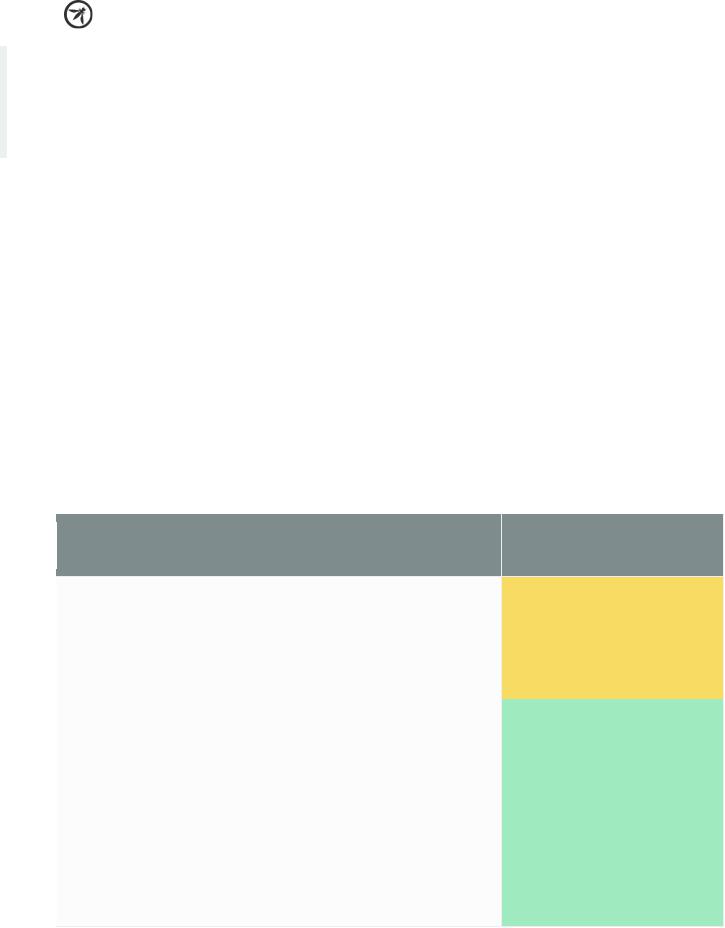
ASVS 2013 |
Web Application Standard |
Appendix A: Applying ASVS in
Practice
Different threats have different motivations, and some industries have unique information and technology assets as well as regulatory compliance requirements.
Below we provide industry-specific guidance regarding recommended ASVS levels. Although some unique criteria and some differences in threats exist for each industry, a common theme throughout all industry segments is that opportunistic attackers will look for any vulnerable applications reachable through the Internet, which is why ASVS Level 1 is recommended for all Internet-accessible applications regardless of industry. This is a suggested starting point, considering a small number of risk factors. Organizations are strongly encouraged to look more deeply at their unique risk characteristics based on the nature of their business. At the other end of the spectrum is ASVS Level 3, which is reserved for those cases that might endanger human safety or when a full application breach could severely impact the organization.
INDUSTRYSEGMENT |
THREAT PROFILE |
SUGGESTED ASVS LEVEL |
Finance and Insurance Although this segment will experience attempts from opportunistic attackers, it is often viewed as a high value target by motivated attackers and attacks are often financially motivated. Commonly, attackers are looking for sensitive data or account credentials that can be used to commit fraud or to benefit directly by leveraging money movement functionality built into applications. Techniques often include stolen credentials, application-level attacks, and social engineering.
Some major compliance considerations include Payment Card Industry Data Security Standard (PCI DSS), Gramm-Leech Bliley act, Sarbanes Oxely (SOX).
Level 1: all Internet-accessible applications.
Level 2: applications that contain sensitive information like credit card numbers, personal information, can move limited amounts of money in limited ways. Examples include: (i) transfer money between accounts at the same institution or (ii) a slower form of money movement (e.g. ACH) with transaction limits or (iii) wire transfers with hard transfer limits within a period of time.
34
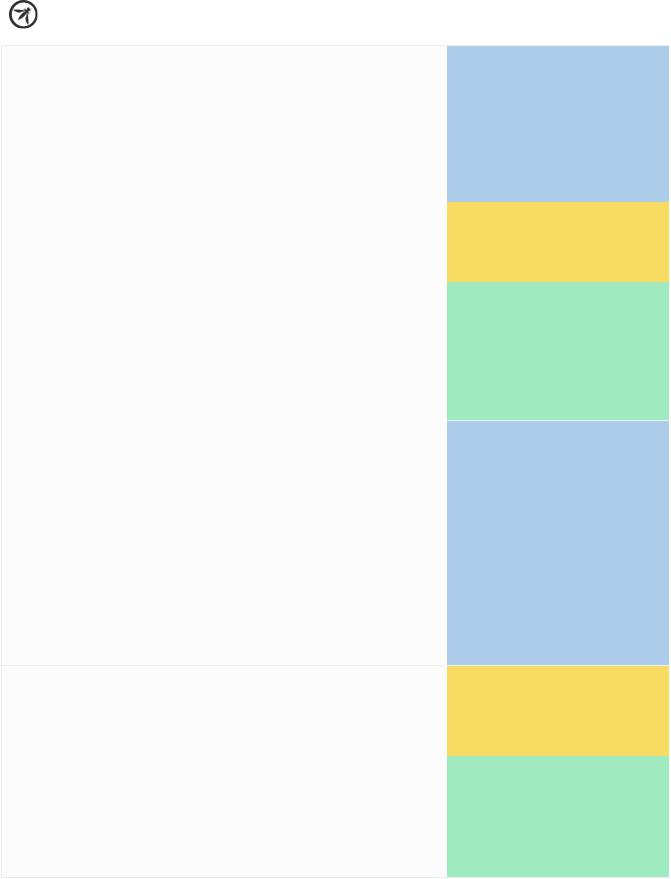
ASVS 2013 |
Web Application Standard |
Manufacturing, |
These industries may not appear to have |
Professional, |
very much in common, but the threat |
Transportation, |
actors who are likely to attack organizations |
Technology, Utilities, |
in this segment are more likely to perform |
Infrastructure, |
focused attacks with more time, skill, and |
Defense |
resources. Often the sensitive information |
|
or systems are not easy to locate and |
|
require leveraging insiders and social |
|
engineering techniques. Attacks may |
|
involve insiders, outsiders, or be a collusion |
|
between the two. Their goals may include |
|
gaining access to intellectual property for |
|
strategic or technological advantage. We |
|
also do not want to overlook attackers |
|
looking to abuse application functionality |
|
influence the behavior of or disrupt |
|
sensitive systems. |
Level 3: applications that contain large amounts of sensitive information or that allow either rapid transfer of large sums of money (e.g. wire transfers) or transfer of large sums of money in the form of individual transactions or as a batch of smaller transfers.
Level 1: all Internet-accessible applications.
Level 2: applications containing internal information or information about employees that may be leveraged in social engineering. Applications containing nonessential, but important intellectual property or trade secrets.
Level 3: applications containing valuable intellectual property, trade secrets, or government secrets (e.g. in the United States this may be anything classified at Secret or above) that is critical to the survival or success of the organization. Applications controlling sensitive functionality (e.g. transit, manufacturing equipment, control systems) or that have the possibility of threatening safety of life.
Healthcare |
Most attackers are looking for sensitive data |
|
that can be used to directly or indirectly |
|
profit from to include personally |
|
identifiable information and payment data. |
|
Often the data can be used for identity |
|
theft, fraudulent payments, or a variety of |
|
fraud schemes. |
|
HIPAA and HITECH Act are major |
|
compliance drivers in the United States and |
|
include data breach notification |
Level 1: all Internet-accessible applications.
Level 2: applications with small or moderate amounts of sensitive medical information (Protected Health Information), Personally Identifiable Information, or payment data.
35

ASVS 2013 |
Web Application Standard |
requirements. |
Level 3: Applications used to |
|
control medical equipment, |
|
devices, or records that may |
|
endanger human life. Payment |
|
and Point of Sale systems (POS) |
|
that contain large amounts of |
|
transaction data that could be |
|
used to commit fraud. This |
|
includes any administrative |
|
interfaces for these applications. |
Retail, Food, |
Many of the attackers in this segment |
Hospitality |
utilize opportunistic "smash and grab" |
|
tactics. However, there is also a regular |
|
threat of specific attacks on applications |
|
known to contain payment information, |
|
perform financial transactions, or store |
|
personally identifiable information. |
|
Although less likely than the threats |
|
mentioned above, there is also the |
|
possibility of more advanced threats |
|
attacking this industry segment to steal |
|
intellectual property, gain competitive |
|
intelligence, or gain an advantage with the |
|
target organization or a business partner in |
|
negotiations. |
Level 1: all Internet-accessible applications.
Level 2: Suitable for business applications, product catalog information, internal corporate information, and applications with limited user information (e.g. contact information). Applications with small or moderate amounts of payment data or checkout functionality.
Level 3: Payment and Point of Sale systems (POS) that contain large amounts of transaction data that could be used to commit fraud. This includes any administrative interfaces for these applications. Applications with a large volume of sensitive information like full credit card numbers, mother's maiden name, social security numbers etc.
Table 14 – Applying OWASP ASVS in Practice
36
